Last updated on July 25th, 2022
Belgium, officially the Kingdom of Belgium, is a small and densely populated country located in Western Europe. It has an area of 30,528 square km. Brussels is its capital and largest city. Dutch, French, and German are all accepted as Belgium’s official languages. Its official currency is Euro (€) (EUR). It has four bordering countries that are France, Germany, Luxembourg, and the Netherlands.
It is one of the six founding countries of the European Union. Today, the European Union has a total of 27 countries. Belgium is a developed country and has an advanced high-income economy. With these 74 facts about Belgium, let us learn more about its people, culture, economy, history, geography and more.
Belgium Facts
1. The national flag of Belgium was adopted in 1931. It is a tricolor with black, yellow and red vertical strips.
2. The Belgian Franc was replaced by the Euro in 2002. The Euro is used by 19 out of the 27 European Union countries. Bulgaria, Croatia, Czech Republic, Denmark, Hungary, Poland, Romania, Sweden, and the United Kingdom are the EU members that do not use the euro.
3. The metric system is the legal standard of weights and measures in Belgium.
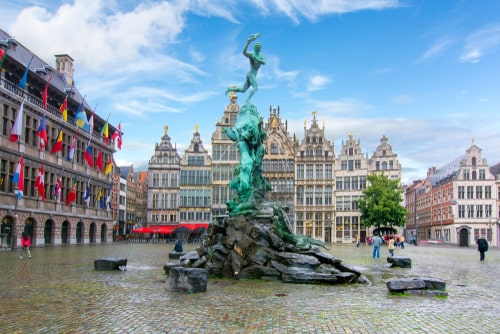
4. Belgium is a densely populated country. It has an area of 30,528 square kilometers and a population in excess of 11 million. Belgium occupies the same area as the state of Maryland.
5. France, Germany, Luxembourg and the Netherland border Belgium. Belgium is divided into three main geographical regions with the coastal plain in the north-west, the central plateau and the Ardennes uplands in the south-east.
6. Belgium consists of three federal regions – Flanders, Brussels, and Wallonia. See the map below.

7. The Dutch and French-speaking linguistic groups are the two main groups in Belgium. The country also has a small percentage of German speakers who live in the eastern part of the country.
8. The French-speaking population of the country is called Walloons who are residing in the five southern provinces.
9. The Dutch-speaking population is concentrated in the five northern and northeastern provinces. The northern part of Belgium is less hilly than the southern part.
10. Brussels – the capital of Belgium – has a majority of French-speaking (85%) population. However, both French and Dutch are its official languages.
Flag of Belgium

11. About one-tenth of the population of Belgium is completely bilingual (speaking two languages fluently.)
12. Belgium is also one of the most heavily industrialized and urbanized country in Europe.
13. Belgium is a low-lying country which is mostly flat. Belgium has an average elevation of 181 m above sea level. Bhutan has the highest average elevation of all the countries in the world – 3,280 m. See list of countries by average elevation.
14. Belgium is also known as the “Battlefield of Europe” because the country served as a battlefield between many European powers and during the two World Wars as well.
15. The Big Bang theory is considered to have originated in Belgium. Georges Lemaitre came up with the Big Bang theory two years before Edwin Hubble.
16. After the Dutchmen, men from Belgium are the second tallest in the world. The average Dutchman is now 183 cm tall and Belgians have an average height of 182 cm.
17. Belgium’s highest point (the Signal de Botrange on the High Fens plateau in far-east Belgium at 694m) is lower than the tallest building (the Burj Khalifa at 828m) in the world.
18. Same-sex marriages are legal in the country. In fact, it became the second country in the world to legalize same-sex marriages in 2003, after the Netherlands.
19. The practice of intentionally ending a life (Euthanasia) to relieve pain and suffering is also legal in the country. It was made legal in 2002 and the next year in 2003, the country also legalized gay marriage.
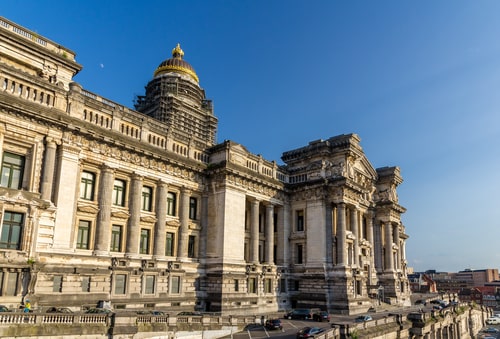
20. Belgium also has the world’s largest court of Justice – the Law Courts of Brussels. It was constructed from 1866 to 1883 on a surface area of 26,000m². It is reputed to be the largest building constructed in the 19th century.
Map of Belgium
21. Belgium is also known worldwide for their inventions which include – plastic, the saxophone – invented by Adolphe Sax in 1840, the Body Mass Index (BMI) – invented by mathematician Lambert Adolphe Quetelet, and also have made significant contributions towards the World Wide Web, contraceptive pills, Imodium and inline skates.
22. Justine Henin, a former world number one tennis player, is a Belgian.
23. Tax rates are high in Belgium. People who make more than €38 830 are taxed at 50%. For more information on taxes in Belgium and other European Union countries, please visit this link.
24. The European Parliament, the EU’s law-making body has 21 members from Belgium.
25. Belgium has the highest divorce rate in Western Europe. Other Western European countries include France, Ireland, Luxembourg, Monaco, Netherlands and United Kingdom.
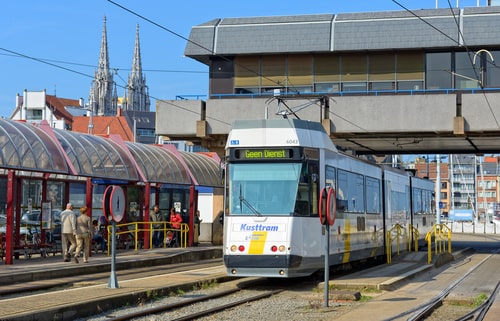
26. The Belgian Coast Tram – the Kusttram— is the longest tram line in the world. It is 68 km long and connects the cities and towns along the entire Belgian (West Flanders) coast, between De Panne near the French border and Knokke-Heist.
27. The largest urbanized population in the world is in Belgium. Almost 98% of the country’s population lives in cities and urban areas. Brussels, Antwerp, Bruges, Charleroi, Ghent, and Liege are among the most important urban areas in Belgium.
28. The Schelde and the Meuse are the two main rivers of Belgium. Both of these rivers originate in France, cross Belgium and flow towards the Netherlands. Belgium’s water reserves are concentrated in the southern region while the majority of the country’s population lives in the north. Thus, with the help of canals, storage basins, and pipelines, water is transferred to meet the demand in the north.
29. The word “spa” originated from the town of spa in Belgium.
30. Belgium has the second most cycling Tour de France winners. Do you know which country has the most? It is France.

31. Belgium has the highest number of castles per square kilometer than any other country in the world. It is estimated that they have 3,000 castles.
32. Chocolate production in the country dates back to 1635. Today, the country has more than 2,000 chocolate shops, and it produces over 173,000 tons of chocolate every year.
33. With the diamond trade happening in Antwerp since 1447, the city is also known as the world’s diamond capital.
34. The country is also the world’s leading exporter of billiard balls. Learn more about billiard balls.
35. Belgium is also the place where Napoleon Bonaparte was defeated. He was handed defeat in Waterloo, a city south of Brussels. The Battle of Waterloo was fought on Sunday, 18 June 1815.
36. A Belgium king was dethroned in 1990 for 36 hours. This move was made to pass a law favoring abortion (the ending of a pregnancy by removing a fetus or embryo before it can survive outside the uterus.) The king was against it and he was dethroned and reinstated after the law was passed.
37. Education in the country is compulsory until the age of 18. Flemish, French, and German-speaking communities have their own school system with small differences among them.
38. The world’s first printed newspaper was produced in Belgium in 1605 in Antwerp. The newspaper was called Relation. Johann Carolus (1575-1634) was the publisher of the newspaper.
39. Belgium is also among the topmost citizenship granting country per capita in the world. Do you know which country provides the most? It is Canada. Belgium has a high population of noncitizens which is the reason why the country is culturally diverse. According to some estimate, the percentage of non-nationals in Brussels is 28% while that in the country is 15%.
40. Anheuser-Busch InBev from Belgium is the largest beer brewery in the world. The country produced more than 1100 varieties of Beer.
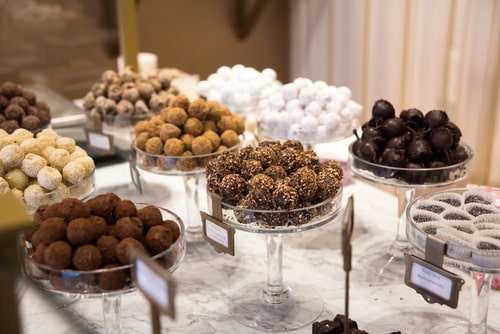
41. Belgium is the world’s second most chocolate exporting ($2.9bn in 2016) country after Germany ($4.5bn in 2016). Other top chocolate producing countries include: the Netherlands, Italy, U.S., Poland, Canada, France, United Kingdom, and Switzerland.
42. There are 13 UNESCO World Heritage Sites in Belgium. Twelve are cultural and one is Natural.
43. The origin of French fries can be traced back to Belgium, not France. Also, French fries are called Belgian fries in the country, why not, they have invented them.
44. The Belgians are also accredited with the suggestion of the € symbol.
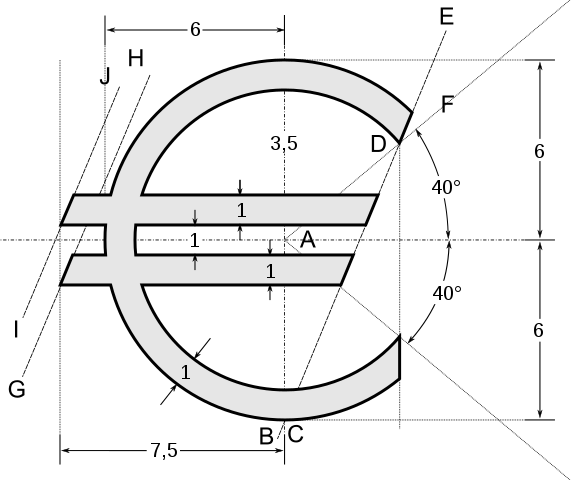
45. Belgium is also home to the world’s biggest chocolate selling point – Brussels National Airport.
46. The flag of Belgium and Germany have the same color combination – black, yellow and red. However, the orientation of the colors is different.
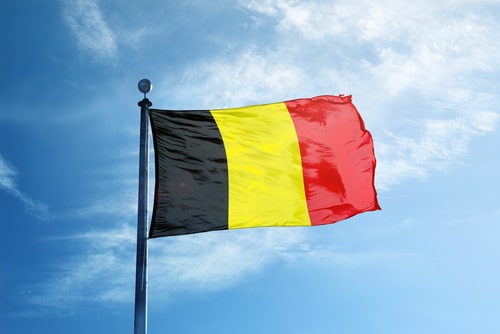
47. Belgium is also among the top diamond exporters in the world. Antwerp World Diamond Centre is situated in Antwerp and is also among the world’s largest diamond districts. A diamond district is an area where the cutting, polishing, and trade of diamonds and other gems takes place.
. . . continue reading on the next page
